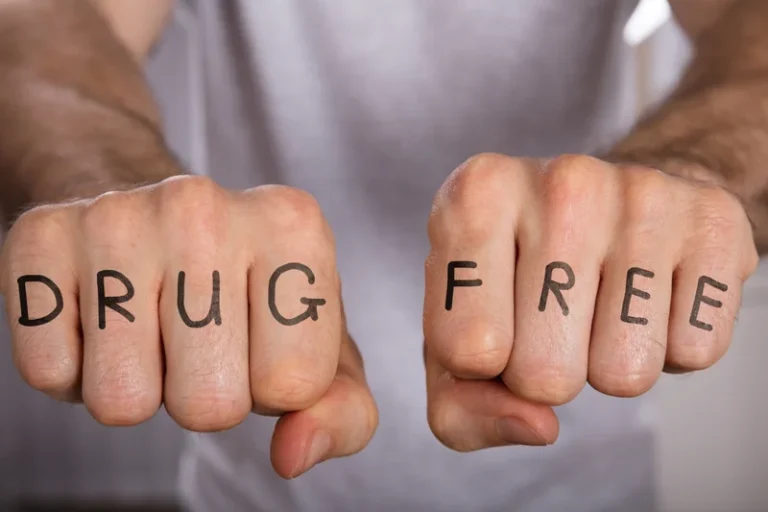
One theory behind CHS is that chronic overstimulation of the body’s endocannabinoid receptors leads to your body not being able to control nausea and vomiting. After stopping cannabis use, symptoms typically start to disappear within one to two days though individual results can vary. However, symptoms almost always return if you resume using marijuana.
Find more top doctors on
Preventing dehydration and stopping nausea and vomiting are the treatment goals during the hyperemesis stage of the condition. These supportive treatments can help people during the hyperemesis stage of the condition, but recovery depends on the person stopping their use of marijuana. If they continue to use this drug, their symptoms may return. One doctor reported using injectable lorazepam to help control nausea and vomiting symptoms in an adult. Within 10 minutes, nausea and vomiting stopped, and the person no longer felt abdominal pain.

What is cannabis hyperemesis syndrome?

Ironically, one of the potential complications of long-term cannabis use is a condition called cannabis hyperemesis syndrome (CHS). Cannabinoid hyperemesis syndrome (CHS) is a condition that you might get if you’ve regularly smoked weed or used marijuana in some other form for a long time. CHS causes you to have repeated episodes of vomiting, severe nausea, stomach pain, and dehydration. You’re more likely to get CHS if you use marijuana at least once a week and have been doing so since you were a teenager.
Can You Prevent CHS?
- However, research suggests that it could be far more prevalent and may continue to increase due to factors like the legalization of marijuana and the increased use of medical marijuana.
- Scientists do not know much about the function of the CB2 receptors.
- Symptoms are most common in early middle-aged adults who have used cannabis regularly since adolescence.
- While waiting for answers, she noticed an educational pamphlet on cannabinoid hyperemesis syndrome (CHS), a little-known illness characterized by an onset of intense vomiting.
- Your doctor probably should send you to see a stomach doctor, who knows more about your problem and can help you feel better.
They may also prescribe antipsychotic medications such as haloperidol (Haldol) or olanzapine (Zyprexa) to help you calm down as you switch to the recovery phase. In the first phase of CHS (the prodromal phase), you don’t vomit. Patients with CVS also have times where they are feeling sick to the stomach and can also throw up for between 12 hours to about a week. This can happen when you are stressed, excited, have an infection or when women have their period. At this time, the only known way to cure CHS is by quitting cannabis. It’s still not clear which of the more than 100 cannabinoids found in cannabis are responsible for CHS, but it’s thought that CBD could potentially be a contributor.
After two weeks in the hospital with no diagnosis, Hagler said she was told by doctors she was suffering from a neurological or psychological disorder. Erica Hagler was an otherwise healthy 33-year-old who was struck down with a severe mystery illness when she says she was using cannabis multiple times a day. Erica Hagler was diagnosed with cannabinoid hyperemesis syndrome.
CHS is also underdiagnosed because people sometimes use marijuana to suppress nausea and vomiting. Doctors currently lack knowledge of the condition, and there are no clinical guidelines for its treatment and management. The CHS recovery phase starts when you stop your marijuana use. When you do this, your symptoms usually start to go away in few days to a few months. Over time, the symptoms will go away completely unless you start to use again. While symptoms can be managed, the only way to stop CHS for good is to quit using cannabis in any form.
- The only way to stop CHS and its symptoms is to completely quit using cannabis.
- While any amount of long-term cannabis use can lead to CHS, daily cannabis use seems to be more likely to cause CHS than using it less often.
- As CHS is a newly described condition, many doctors may find it challenging to diagnose and treat.
- Clinical guidelines for the diagnosis of CHS do not currently exist.
- When combined with the fact that people may not reveal they use cannabis, getting the right diagnosis can take years.
Risk Factors for Developing Cannabinoid Hyperemesis Syndrome

Once you do that, your repeated nausea and vomiting should go away and not return. Since THC is stored in your body fat, it can take weeks to months before all the symptoms go away and you notice a difference. Smoking extra marijuana won’t help your nausea but will make it worse. Cannabinoid hyperemesis syndrome (CHS) can affect people who use cannabis (marijuana) long-term. While some reports indicate temporary symptomatic relief with scalding hot showers or a heating pad, stopping marijuana use is the most successful way to manage the condition, experts say. If you believe that you may be suffering from CHS, talk to a doctor to seek medical attention.

Most people end up having an abdominal ultrasound, upper scope, and a test what is chs to see how fast stuff gets out of the stomach before we figure out that their problem is CVS or CHS. We do these to make sure that nothing really bad is happening. Researchers are continuing to examine potential treatment options for CHS. It may sound like a made-up condition to discourage teenagers from trying cannabis, but CHS is very real — and it can be dangerous if not properly managed. Some may be finding that there can be very real — and serious — complications that come with cannabis use. As more states legalize cannabis, more people are learning whether cannabis is right for them.
- After you quit, you may still have symptoms and side effects for a few days to a few weeks.
- These two conditions are hard to distinguish between and the main difference is CHS happens with using a lot of marijuana.
- The first reports came from doctors treating regular users of marijuana for nausea and vomiting in South Australia.
- As people with CHS often only consult their doctors during the hyperemesis stage, there is a lack of knowledge regarding the treatment of people during the prodromal stage.
- It’s still not clear which of the more than 100 cannabinoids found in cannabis are responsible for CHS, but it’s thought that CBD could potentially be a contributor.
Help quitting cannabis
Even cannabis products that don’t contain THC have the potential to cause or worsen CHS. If you need help quitting cannabis, the Substance Abuse and Mental Health Services Administration offers a 24/7 helpline in English and Spanish. A representative can refer you to local treatment facilities, support groups, and community-based organizations. A 2016 case study describes two deaths due to complications of Halfway house CHS.
